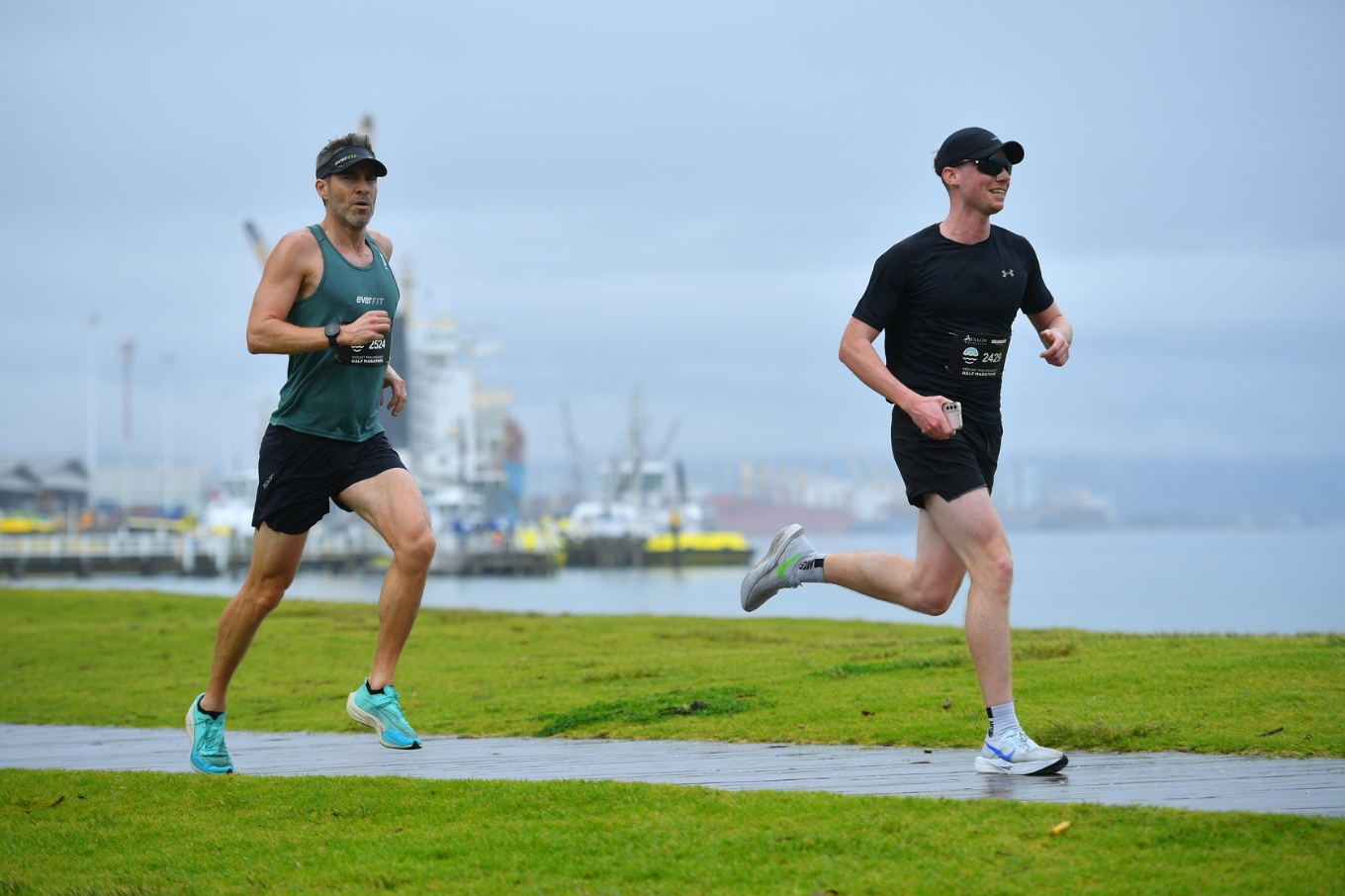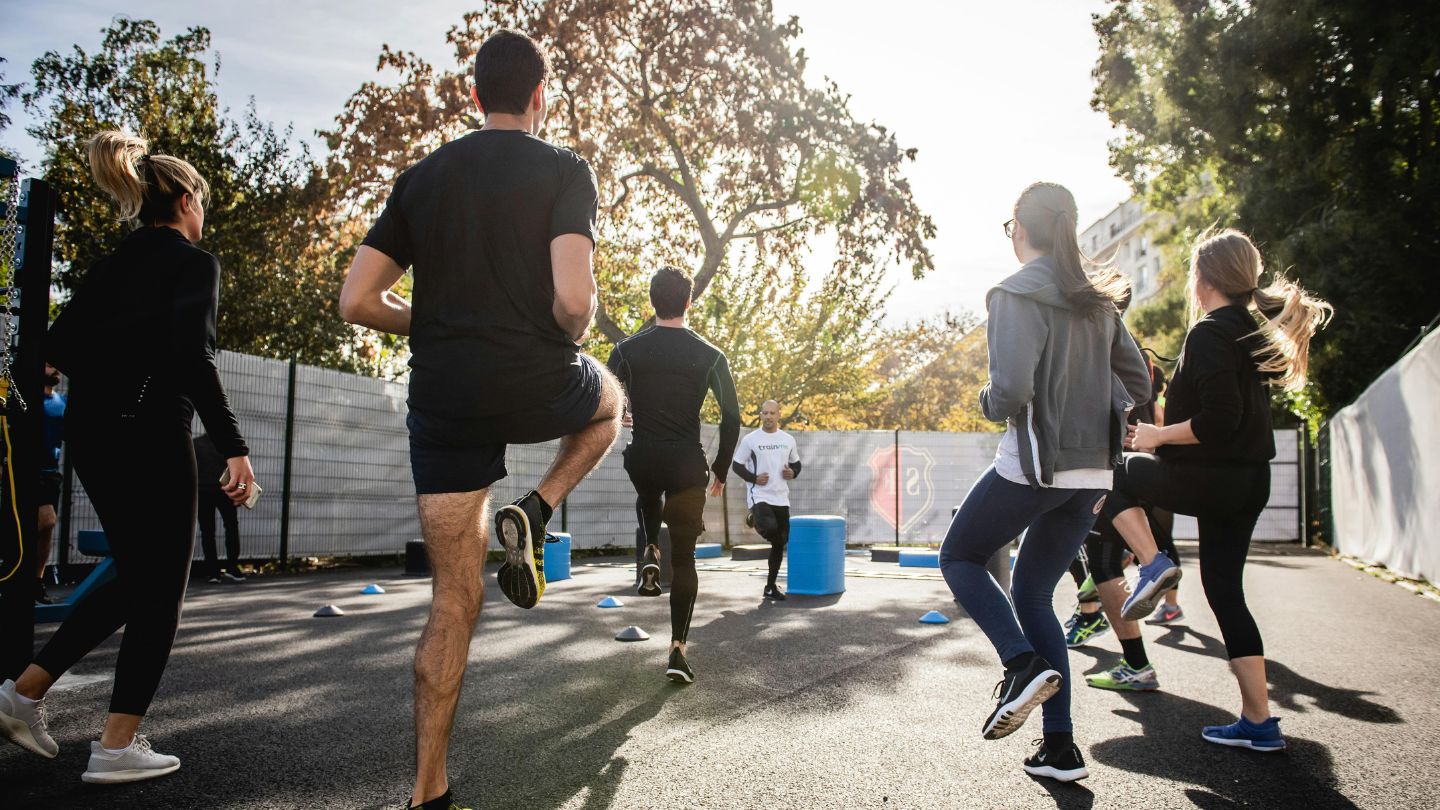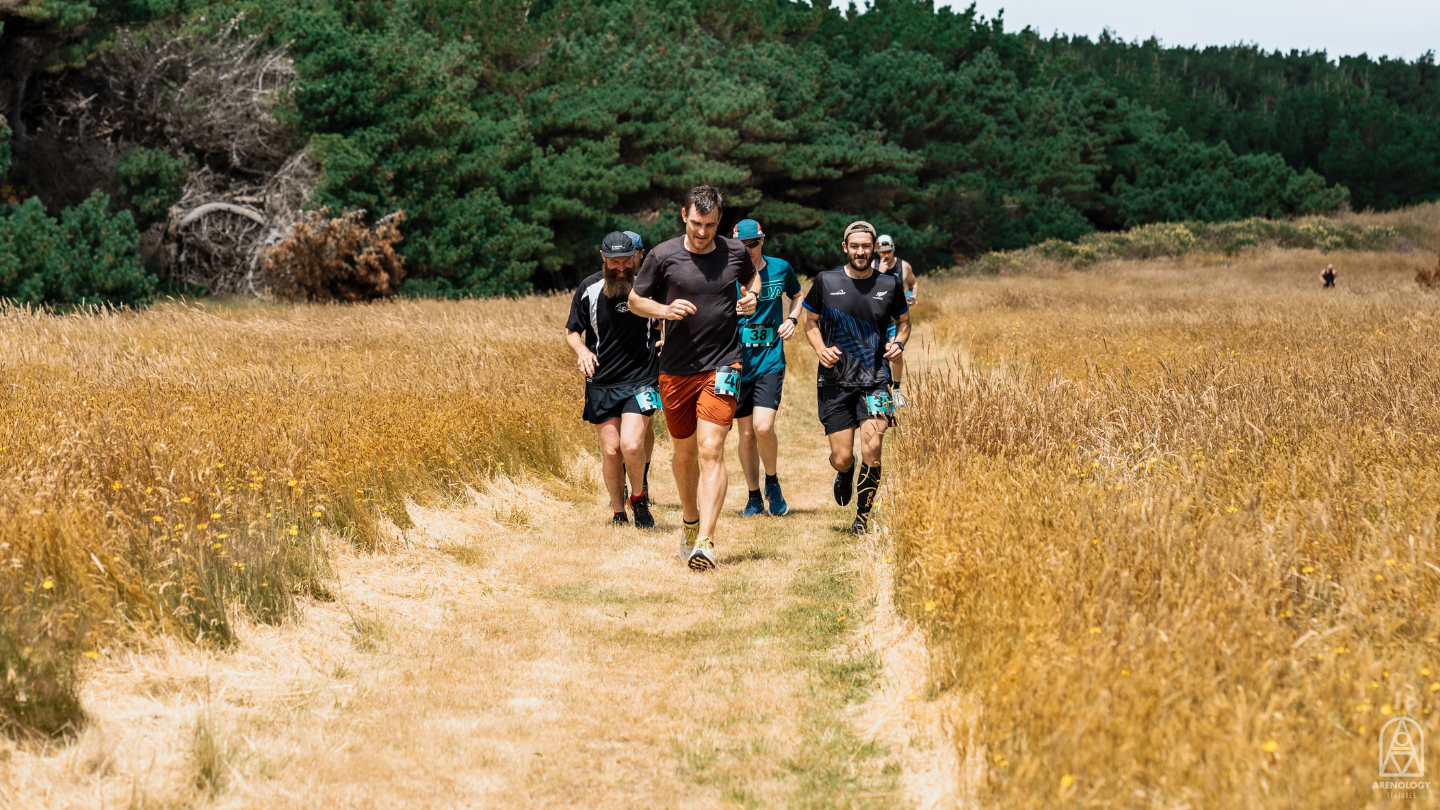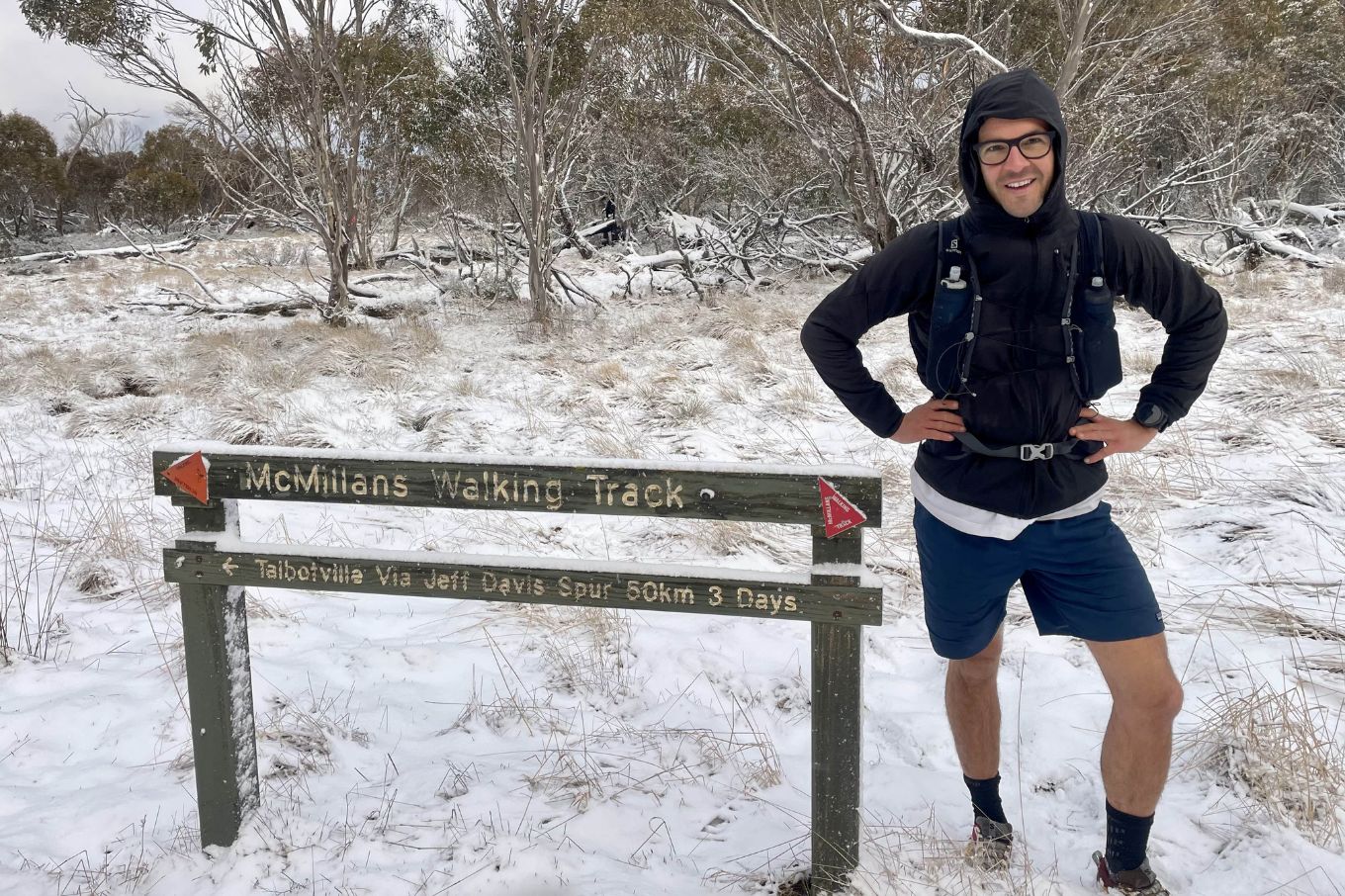Throughout my running journey, which spans over a quarter of a century, I have participated in seven marathons.
Six of these races saw me crossing the finish line, with times ranging from 3:19 to 2:47. However, I also faced setbacks, such as having to drop out of one marathon due to an overly ambitious pacing plan.
In this article, I share the five major mistakes I encountered while training for the marathon distance. These lessons can also be applied for racing between half marathon up to ultra distances on the trial. Chances are, you might be making one of these errors in your current training regimen. And while it’s often said that learning from mistakes is crucial, I believe that learning from the mistakes of others is even more valuable.
These insights are not limited to experienced runners; they can be applied to anyone looking to enhance the effectiveness, efficiency and enjoyment of their running training. So read on, absorb these tips, and get ready to improve your running training when looking to go long with efficiency, reducing the chance of injury and maximising your performance.
MY 5 BIGGEST TRAINING ERRORS
1. Running too fast on your long runs
Long, slow distance runs will build aerobic endurance. Your aerobic system is the main driver for running long distances. If you don’t go slow enough to effectively engage the aerobic energy system you won’t get the full benefit, and your injury risk increases while you’re running performance decreases.
Without the specific aerobic platform, you will never reach your marathon, ultra, or for that matter your running over any distance potential. Most long runs should be 1-2min/mile (40sec-1min 15sec/km) slower than your marathon pace and the actual marathon pacing work should be introduced gradually for progressive amounts of the long run as part of key sessions as the race approaches. This could be 3, 7, and 10 weeks out.

2. Adding in the wrong run sessions
Your aerobic system is used for 99% of the marathon. Running anaerobic speed workouts will not optimise your marathon ability unless you have a broad aerobic platform first. You have a limited number of workouts leading up to your marathon so engage in the anaerobic runs that give you the best chance of performing e.g. tempo and threshold runs, steady state, and progression runs.
Pure speed work should be very limited and only used for technique enhancement. I might throw in some strides at the start of a threshold session for priming to complete a warmup, or 30sec pickups at the end of a long run to break up the slow funk and break out of poor technique as an example.
3. Not enough focus on weekday runs
Many athletes put too much emphasis on the weekend long run and just tick off miles during the week with little focus. The training is the total accumulation of the week and not just the long run.
A weekday focused workout will help the body get used to running on fatigued legs and break up the mileage. So for example having a technique session with drills in the middle rather than just a steady 6 miles (10km) could give more benefit or having a tempo progression session with a good warm up or warm down with the tempo completed on a similar terrain to the race. Have a specific focus and purpose to the during week run sessions.
4. Not having medium long runs every 2 weeks
Medium long runs can help build the aerobic system and give variety to the week. So rather than completing 4 x 6mile (10km) mid-week runs then the long run, you could complete a 5, 6, 4 and 9 mile run mid-week which is the same mileage but gives you variety and the chance to add a different distance.
5. Not having adaptation weeks
You can’t keep building mileage indefinitely. Adaptation or recovery weeks every 3-4 weeks will help with absorption of the training and prevent injuries. Reducing the load by 20-40% depending on the phase you are in will also prevent training burnout. You want to get the start line with enthusiasm and having enjoyed the process.
Next time you’re training for any race, and especially a marathon or trail ultra, take these lessons on board and avoid making the same mistakes I did. Building your aerobic base will never go out of fashion no matter what the latest ripped fitness guru waxing on about HIIT will tell you. Learn to run slower, have focus on your mid-week work, and get specific with your race pace/intensity with key sessions before the big dance.







